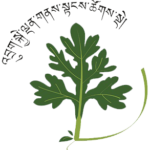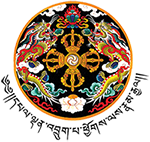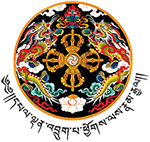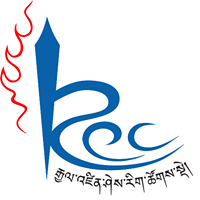June 29, 2018
FIELD NOTES FROM OUR DIRECTOR, TASHI T. DUKPA, AND SENIOR COMMUNICATIONS OFFICER, PEMA GYAMTSHO, IN BHUTAN
To kick off the summer, we are excited to report to you on some of the projects from our communities throughout Bhutan. We just returned from an invigorating trip to southern, eastern, and central Bhutan, visiting projects that are making an impact in our GNH-inspired communities. Thank you for your continued support for our efforts on the ground.
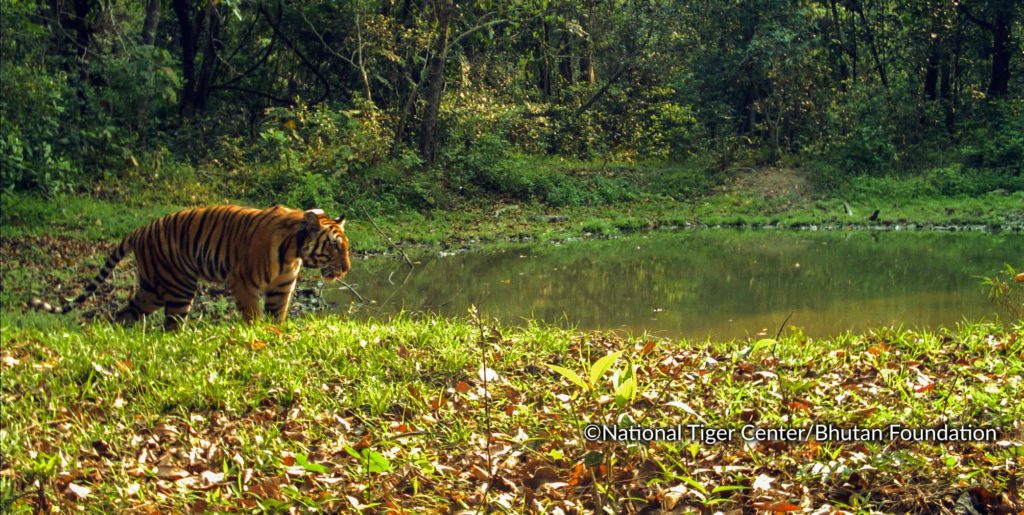
Panbang (Southern Bhutan)
On February 9, 2018, tiger conservation biologists in Bhutan forged a ground-breaking path in the study of mountain tigers with the first successful radio-collaring of a tiger in the country. The three-year-old female tiger, named Tendrel Zangmo, is providing unprecedented data about its movement and habitat patterns. Joining the continued effort of the National Tiger Centre to radio-collar more tigers, we followed the footsteps of tiger biologist Dr. Tshering Tempa and his team in Royal Manas National Park. Seeing the passion and hard work of the foresters in the field was inspiring–waking up by dawn to set out to the sub-tropical jungles of the park, carefully tracking pug marks (footprints), and monitoring the camera traps and safety snares. An all-Bhutanese team is still continuing to investigate and attempt to radio-collar more tigers. In a world where fewer than 4,000 wild tigers remain today, such commendable efforts deserve our support. The Bhutan Foundation has been supporting the collaring project since 2016. Click here for more information on the project, and click here if you would like to support our tiger project on Projects for Good.
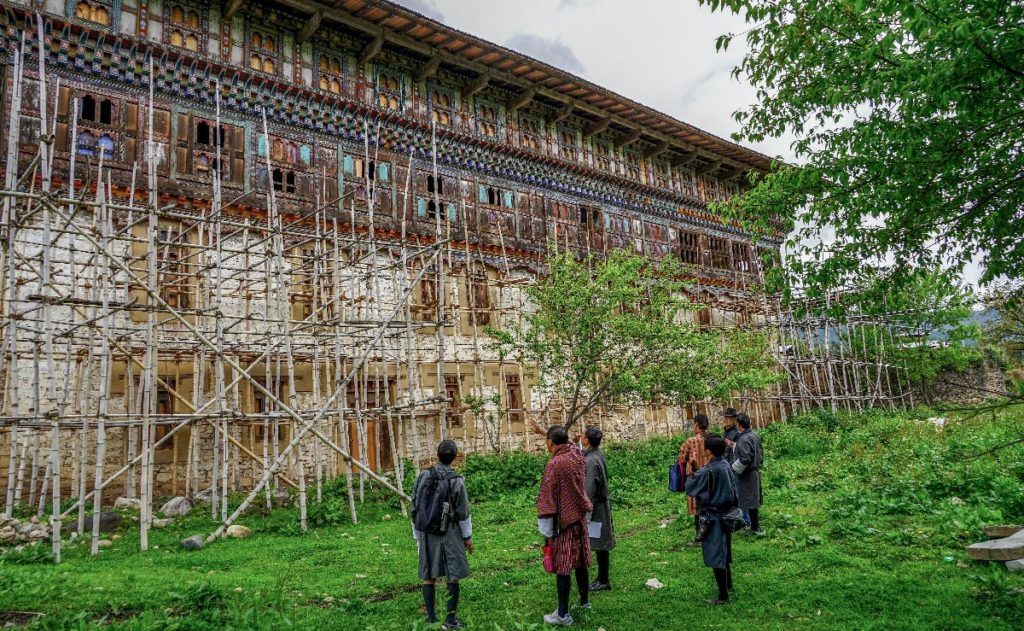
Bumthang (Central Bhutan)
Restoration work at the 19th-century Wangduechhoeling Palace in Bumthang has entered into a new phase: conserving the unique painting of the palace. At a time when most of our paints are overtaken by chemical-based acrylic paints, the conservation plan for the palace calls for reviving the age-old tradition of using mineral paints from vegetable, clay, and rock pigments. A team composed of painting conservators, local painters, and a mineral painting expert from Japan visited the palace last month and laid out a comprehensive conservation plan. After successfully completing the physical consolidation and conservation works, we are excited to start to revive the traditional and original look of the sacred palace.
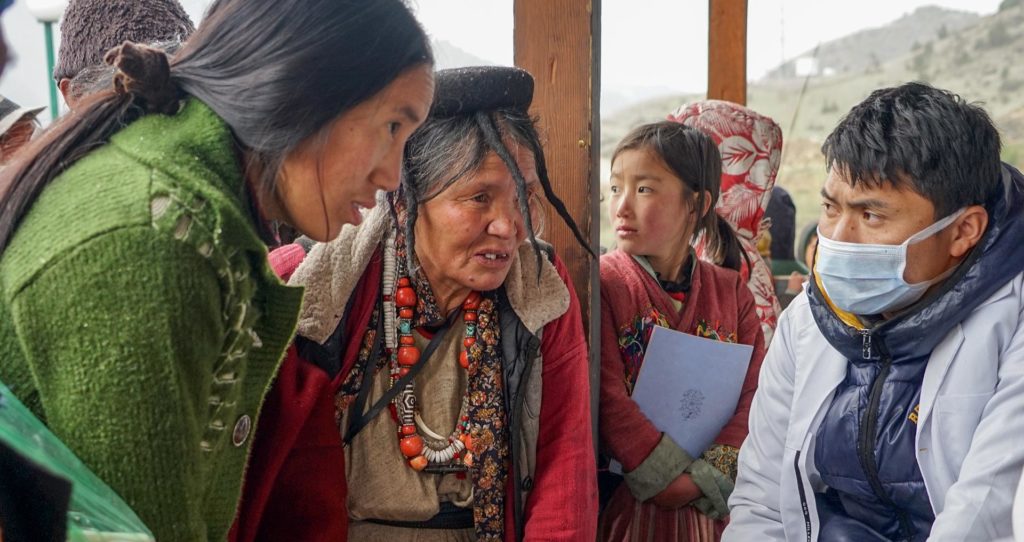
Merak (Eastern Bhutan)
In May, we also visited the beautiful highlands of Merak in eastern Bhutan, where our nomad health camp for the year kicked off. An overwhelming number of highlanders showed up at the health camp to seek various medical and health services: over 600 highlanders in the course of three days. What stood out for us was the increasing level of acceptance and openness of girls and women in seeking OB/GYN services. A woman in her 50s walked two hours to reach the camp and walked back to her yaks after receiving a Pap test, which otherwise would have taken her two days of travel to receive at the nearest hospital. Similarly, other women in the community will not need to make the journey anymore as the gynecologist who led the health camp has now trained the local health worker to conduct Pap tests. The service is now readily available to all the girls and women in the community. To date, we have reached more than 15 villages covering more than 2,000 highlanders through our nomad health camps. To plan next steps in improving the accessibility of medical and health services for highland communities, we conducted a stakeholders’ meeting last week in partnership with the Ministry of Health, local parks, community members from the highlands, and other partners. In addition to the health camps in Merak, we have also partnered with the Bhutan Ecological Society, a local civil society organization in Bhutan, to supportthe local school in making classrooms warmer for students by insulating the rooms with wooden panels and electric heaters.
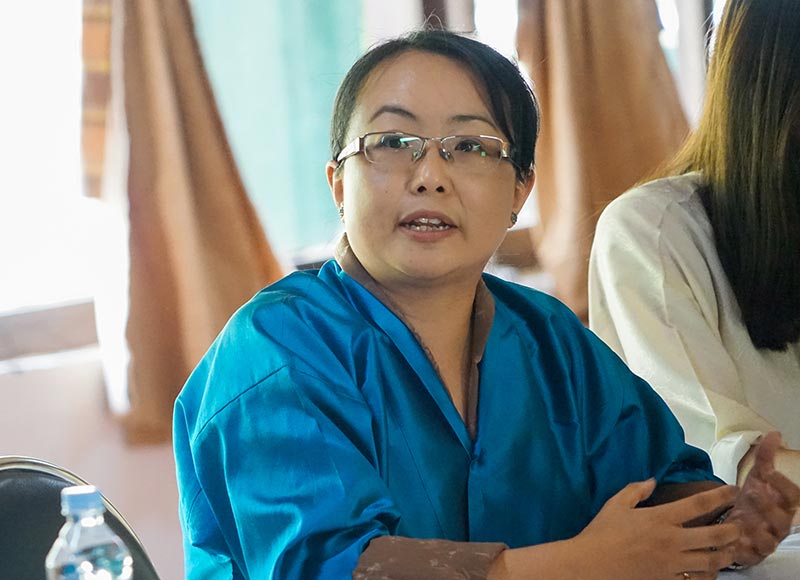
Paro (Western Bhutan)
Our special education program entered into a new partnership with the Royal Education Council (REC) under the Ministry of Education, which is mandated with the development of the school curriculum. At a time when the REC is undertaking vigorous revisions and updates of the national framework for the school curriculum, in collaboration with Perkins International, we conducted a workshop on developing an inclusive curriculum framework. The workshop was mainly targeted to senior curriculum developers and designed to explore the curricular needs of children with multiple disabilities. With these initial discussions, we plan to work with the REC to develop a curriculum for children with severe disabilities that can be implemented in our inclusive schools throughout the country.
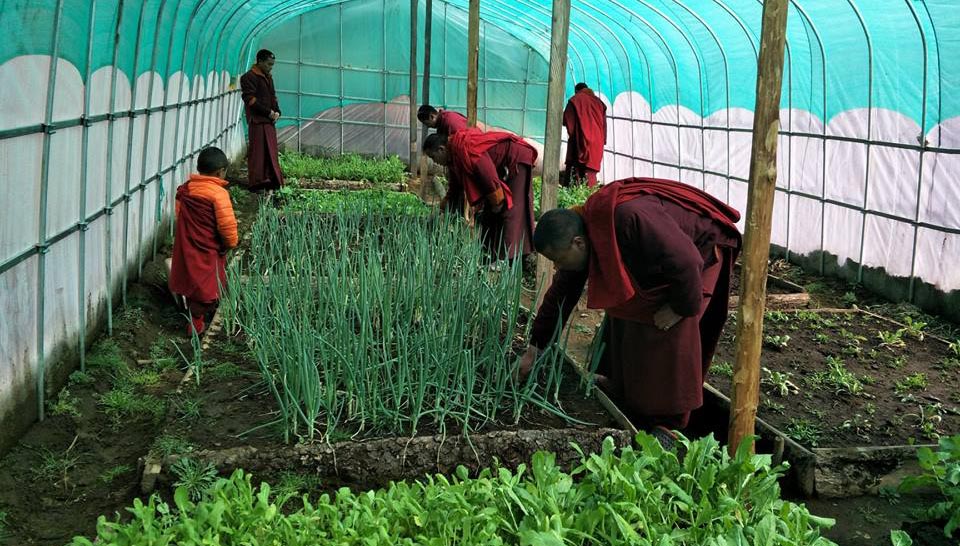
Barshong (Northwestern Bhutan)
Our small grants program continues to bring about great impact. Last fall, we supported the installation of a greenhouse to provide fresh vegetables to the monks of Barshong Rabdey who live at an elevation of 12,139 feet. They have not only enjoyed two harvests of fresh spinach, broccoli, carrots, and cucumber, but the success story of the greenhouse has brought more support from the district headquarters to install 15 more greenhouses in the Barshong community.
As you can see, much is happening on the ground, and this is all possible with the support of our donors. Thank you to each one of you, and we hope you will continue to support our important work here in Bhutan.
Sincerely,

Director

Senior Communications Officer
OUR PARTNERS
